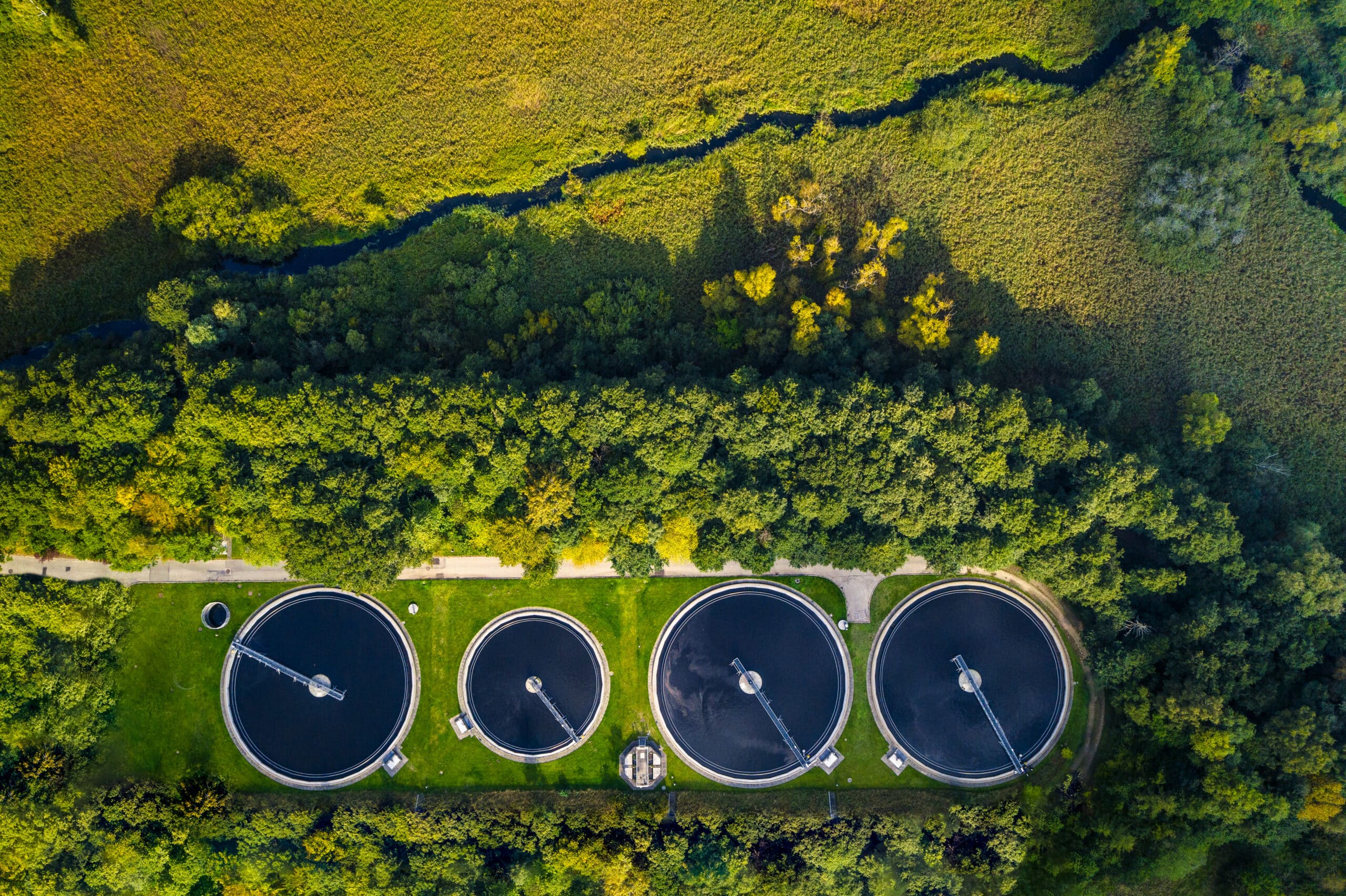Wastewater technology provides numerous possibilities for decarbonizing industry. Not only is it a cost-effective solution, but it also has the potential to reduce carbon dioxide emissions significantly. With smart implementation strategies and robust regulation of industry practices, this proven technology could make a significant contribution to reducing global carbon emissions and reducing climate change.
The MABR technology uses a semi-permeable membrane and aeration to treat wastewater and produce high-quality effluent, providing an efficient way for communities to address their water supply needs. It also helps to reduce the environmental impact of wastewater treatment discharge by removing pollutants and contaminants from the water process with the reduced need for chemical dosing. We combine the powerful MABR with fluid analytics tools, to improve an already powerful solution.
Wastewater technology has a diverse range of potential applications, from capturing carbon and storing it safely, to storing energy harvested from wastewater. By using microbial fuel cells, it is possible to produce electricity from wastewater while reducing pollution levels.
MABR: A Green Technology for Reducing Environmental Pollution
The world is at a critical point—we must reduce our carbon emissions if we want to have any hope of reversing the negative effects of climate change. It’s time for the industrial sector to step up and take responsibility, and one way they can do this is by investing in green technologies like Membrane Aerated Biofilm Reactors (MABR).
MABR technology is based on the principles of wastewater treatment, using anaerobic bacteria to reduce biological oxygen demand and convert organic matter into harmless byproducts. By using microorganisms, MABR technology provides a low-cost, high-efficiency way to reduce environmental pollution while cutting CO2 emissions.
Additionally, MABR can be used to meet the increasing demands for clean water resources in areas with limited supply. It uses membrane technology to separate wastewater particles from clean water, making it suitable for use in irrigation or other applications. This makes MABR an effective way to reclaim wastewater while reducing water and energy consumption.
The MABR is a viable option for helping with the decarbonization of the industrial sector as well as providing a cost-effective solution for meeting the increasing demands on water resources.
So why is MABR technology such a big deal? Here’s what you need to know:
Reduced Carbon Footprint
MABR technology significantly reduces carbon emissions by reducing energy usage and wastewater quality deterioration. It uses a combination of energy efficient fine bubble diffuser coupled with carefully designed components for wastewater treatment, which uses up to 80% less energy compared to conventional technologies. Plus, it doesn’t require the use of thermal or chemical processes that emit additional carbon dioxide and other greenhouse gases into the atmosphere.
Increased Efficiency and Savings
This innovative technology also increases efficiency in wastewater treatment plants, as it enables real-time process monitoring, as well as more precise control of maintenance and repair needs. This results in enhanced performance and improved cost savings for operators when measured against traditional biological processes.
Reduced Water Consumption
MABR technology conserves water because it requires no recirculation, instead using air or oxygen as media for microbial growth.
The Future of Wastewater Technology: Where Next?
The future of wastewater technology looks promising—and it’s on track to be a key component in decarbonizing the industrial sector. MEB’s wastewater treatment solutions offer a reliable, efficient, and cost-effective way to do this. With our advanced technology solutions, we provide integrated analytics and powerful technologies that deliver smart green technology services.
The possibilities for wastewater treatment take many forms, including:
- Improved resource use efficiency.
- Reduced carbon dioxide emissions.
- Improved water quality.
- Enhanced energy savings.
- Reduced environmental impacts.
- Increased sustainability.
- Increased economic efficiency.
These are just a few examples of how wastewater treatment with the MABR can help reduce emissions in the industrial sector, while at the same time opening new opportunities for growth and development.
Cutting carbon emissions is a priority for governments and private sectors across the globe, which is why MABR technology is an essential part of MEB’s wastewater solutions portfolio, for decarbonizing the industry and building resilience. Not only is it the most efficient form of wastewater technology for reducing emissions, but it is also a cost-effective green technology solution that reduces environmental pollution. It is the perfect solution for a healthier, cleaner environment and a more sustainable economy.
MEB is uniquely positioned to provide customers with integrated turnkey solutions to solve their most complex business challenges. Drawing on our expertise in analytics, automation and optimization, our team of dedicated professionals designs intelligent solutions that leverage algorithms from smart meter data to create responsive infrastructure. With a proven track record of reliable delivery of innovative services, MEB is the partner you need to drive your business forward.
We have offices in Durban, you can call, email and get us on social media – there is pretty much no excuse to not make contact with us today, to learn more about our solutions.

